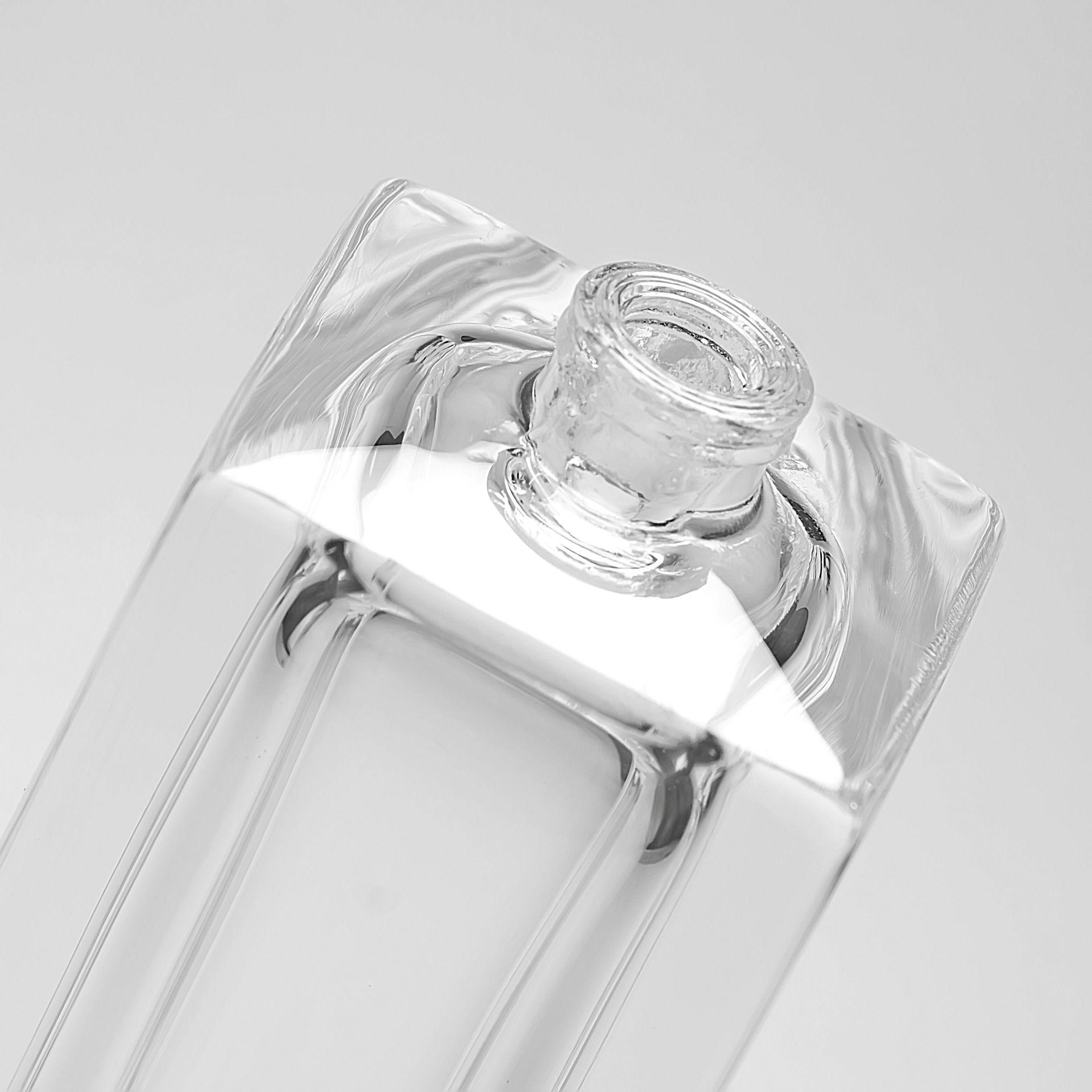The quality of perfume bottles plays a critical role in influencing consumer purchasing decisions, as it serves as a tangible representation of the product\'s identity and value.
In the highly competitive perfume industry, where scent is the core product, the quality of the glass perfume bottle often emerges as a decisive factor in consumer purchasing behavior. Far beyond a mere container for the fragrance, the bottle serves as a tangible representation of a brand’s identity, value proposition, and attention to detail. For consumers, bottle quality acts as a visual, tactile, and functional cue that influences their perception of the perfume’s worth—and ultimately, whether they choose to buy.
Visual Quality: The First Impression That Drives Interest
Consumers form initial judgments about a perfume within seconds of seeing its bottle, making visual quality a critical driver of purchase intent. A high-quality glass bottle—characterized by clarity, uniformity, and flawless craftsmanship—signals premium value, while a subpar bottle with defects like bubbles, scratches, or uneven coloring can immediately deter buyers. For example, a luxury perfume housed in a murky, poorly formed glass bottle may be perceived as “cheap” or “low-quality,” even if its scent is exceptional. Conversely, a crystal-clear bottle with precise molding and consistent thickness conveys sophistication, reassuring consumers that the brand has invested in excellence.
Visual quality also extends to decorative elements, which are often tied to the bottle’s craftsmanship. Engravings, embossments, or metallic coatings that are crisp, evenly applied, and free of smudges or chipping enhance the bottle’s perceived value. A survey conducted by the Global Cosmetics Industry Association in 2024 found that 68% of consumers cited “flawless bottle design and finish” as a key factor in choosing between two perfumes with similar scents. This underscores how visual quality directly shapes consumer interest and willingness to explore a product further.
Tactile Quality: Building Emotional Connection Through Touch
The way a perfume bottle feels in a consumer’s hand—its weight, texture, and ergonomics—creates an emotional connection that influences purchasing decisions. High-quality bottles strike a balance between sturdiness and comfort: a glass bottle that feels too lightweight may be dismissed as fragile or cheap, while one that is overly heavy can feel cumbersome. Consumers associate a substantial, well-balanced bottle with durability and luxury, as it suggests the brand has prioritized long-term usability over cost-cutting.
Tactile details like the finish of the glass (smooth vs. frosted), the texture of the cap, and the ease of gripping the bottle also matter. A frosted glass surface that feels silky to the touch, or a metal cap with a matte, non-slip finish, enhances the user experience and reinforces the perception of quality. In contrast, a bottle with sharp edges, a loose cap, or a rough glass surface can create frustration, even before the consumer samples the scent. A study by consumer insights firm Mintel revealed that 54% of perfume buyers are “more likely to purchase” a product if the bottle feels “premium and well-made” when held.
Functional Quality: Reliability That Fosters Trust
Beyond aesthetics and feel, the functional quality of a perfume bottle—its ability to protect the fragrance and deliver a seamless user experience—is paramount to consumer trust. A bottle with a faulty seal, leaky sprayer, or poorly fitting cap can compromise the perfume’s integrity: exposure to air and light can cause the scent to degrade, while leaks can lead to waste. For consumers, such functional failures not only represent a poor value but also erode confidence in the brand.
Key functional elements that impact purchasing decisions include the sprayer’s performance (consistent mist, no clogging), the cap’s security (snug fit to prevent evaporation), and the bottle’s resistance to breakage. A high-quality sprayer that dispenses a fine, even mist makes application enjoyable, while a reliable cap ensures the perfume remains fresh over time. Conversely, a sprayer that sputters or a cap that falls off easily can lead consumers to abandon a product—even one they initially liked. In a 2023 consumer review analysis, “leaky bottles” and “defective sprayers” were the top two complaints about perfume products, with 72% of dissatisfied buyers stating they would “never repurchase from the brand.”
Brand Perception: Quality as a Reflection of Brand Values
For consumers, perfume bottle quality is inseparable from their perception of the brand itself. A brand that invests in high-quality bottles signals that it cares about its customers and takes pride in its products, while one that cuts corners on bottle quality may be seen as prioritizing profits over consumer satisfaction. This is particularly true for luxury brands, where bottle design and quality are integral to the brand’s prestige. For example, Chanel’s iconic No. 5 bottle—with its timeless, flawlessly crafted glass and secure cap—has become a symbol of the brand’s commitment to luxury, reinforcing consumer loyalty and driving repeat purchases.
Even for mass-market brands, bottle quality plays a role in building trust. A budget-friendly perfume housed in a durable, well-designed bottle can attract price-conscious consumers who want value without sacrificing quality. In contrast, a low-priced perfume in a flimsy, poorly made bottle may be perceived as “not worth the money,” even at a low cost.
Conclusion: Quality as a Non-Negotiable Factor
In the perfume industry, where consumers have countless options, the quality of the glass bottle is not an afterthought—it is a make-or-break factor in purchasing decisions. From the first visual impression to the tactile experience and functional reliability, bottle quality shapes consumer perceptions of value, trust, and brand identity. Brands that prioritize high-quality bottles not only attract more buyers but also foster long-term loyalty, while those that overlook bottle quality risk losing consumers to competitors who understand its importance. In short, for perfume brands looking to succeed in today’s market, investing in bottle quality is not just a choice—it is a necessity.
